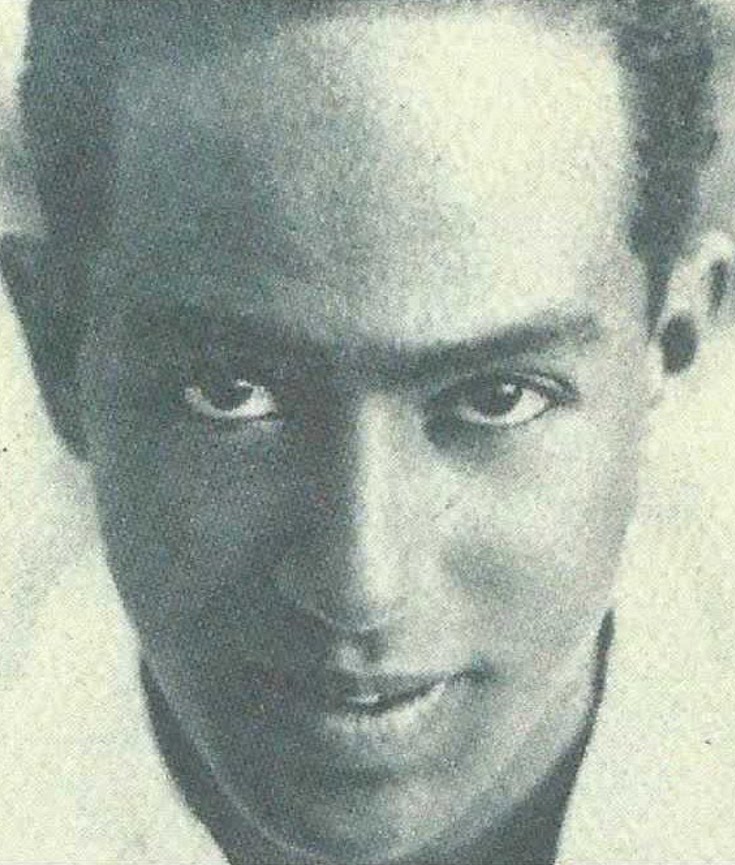[dropcap]Such[/dropcap] curiosity took Hughes across the world. Three times, it took him to the breezy island nation of Cuba: the summer of 1927, the winter of 1930, and the spring of 1931.
On his third visit, as noted in his biography, “The Life of Langston Hughes,” he came to see “sunrise in a new land – a day full of brownskin surprises, strange dark beauties, and hitherto unknown contacts in a world of color.”
Not yet 30 years old, Hughes wandered the busy, warm streets, danced the rumba and listened to son, an African-inspired music. Everywhere he ventured, he absorbed “the heartbeat and songbeat of Africa” that he found in Cuba.
That songbeat still resonates. And, today, if Hughes were to walk about Callejón de Hamel, a narrow but colorful stretch of streets in Central Havana, he’d see artists proudly showing their murals, sculptures, and paintings that depict African features. Every weekend, there are rumba performances, and local rappers — Havana’s street poets — use hiphop to fight racism and share the history of Africa.
[mc4wp_form id=”6042″]


 Beinecke Rare Book and Manuscript Library, Yale University | Photo Credit
Beinecke Rare Book and Manuscript Library, Yale University | Photo Credit

 AP Photo/National Portrait Gallery | Photo Credit
AP Photo/National Portrait Gallery | Photo Credit
HISTORICALLY BLACK COLLEGES & UNIVERSITIES | HBCU
Historically black colleges and universities (HBCUs) are institutions of higher education in the United States that were established before 1964 with the intention of primarily serving the African American community. They have always allowed admission to students of all races. Most were created in the aftermath of the American Civil War and are in the former slave states, although a few notable exceptions exist.
There are 107 HBCUs in the United States, including public and private institutions, community and four-year institutions, medical and law schools.
Most HBCUs were established after the American Civil War, often with the assistance of northern United States religious missionary organizations. However, Cheyney University of Pennsylvania (1837) and Lincoln University (Pennsylvania) (1854), were established for blacks before the American Civil War. In 1856 the AME Church of Ohio collaborated with the Methodist Episcopal Church, a predominantly white denomination, in sponsoring the third college Wilberforce University in Ohio. Established in 1865, Shaw University was the first HBCU in the South to be established after the American Civil War.
The Higher Education Act of 1965, as amended, defines a “part B institution” as: “…any historically black college or university that was established before 1964, whose principal mission was, and is, the education of black Americans, and that is accredited by a nationally recognized accrediting agency or association determined by the Secretary [of Education] to be a reliable authority as to the quality of training offered or is, according to such an agency or association, making reasonable progress toward accreditation.”Part B of the 1965 Act provides for direct federal aid to Part B institutions. (Wikipedia).


You must be logged in to post a comment.